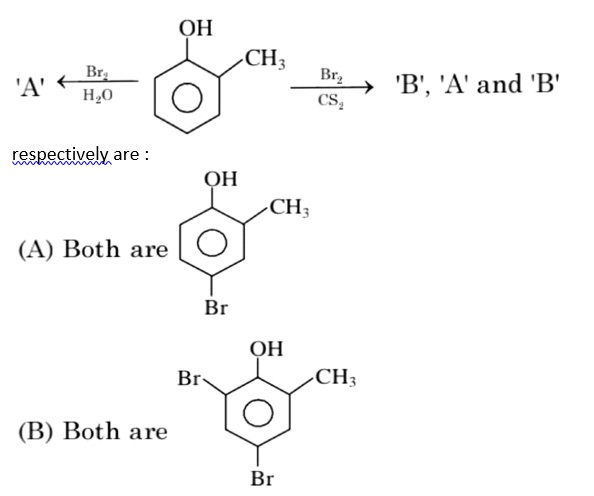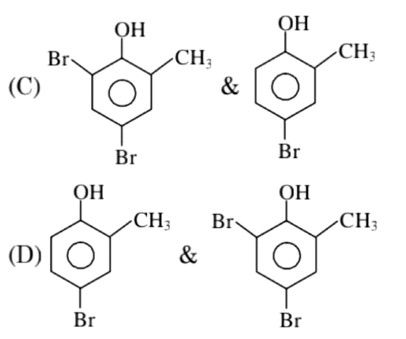9.25 Discuss the nature of bonding in the following coordination entities on the basis of valence bond theory:
(i) [Fe(CN)6] 4–
(ii) [FeF6] 3–
(iii) [Co(C2O4)3] 3–
(iv) [CoF6] 3–
9.25 Discuss the nature of bonding in the following coordination entities on the basis of valence bond theory:
(i) [Fe(CN)6] 4–
(ii) [FeF6] 3–
(iii) [Co(C2O4)3] 3–
(iv) [CoF6] 3–
-
1 Answer
-
(i) In the coordination entity iron exists in + 2 oxidation state. Overall charge balance:
X + 6 (-1) = -4 X = + 2.
Its electronic configuration is: 3d6
CN- is strong field ligand so it causes pairing of the unpaired electron and undergoes hybridisation to form 6 d2sp3 hybrid orbitals to be filled by the six cyanide ions. It's geometry is octahedral with no unpaired electrons and hence is diamagnetic complex.
Similar Questions for you
CoCl3.NH3 + AgNO3
x = 5
In H2O (polar solvent) dibromophenol derivative and in CS2 (non-polar solvent moneobromo phenol derivate is obtained.
3d => 4d => 5d CFSE increases for the same ligands.
Factual
⇒ leaching methods is used for those metal in which metal is more soluble than impurities and these are Al, Au, Ag, low grade Cu
σ bonded organometallic compound ⇒ M – C
σ-bond
and in π – bonded organo metallic compound
M – C
π bond
In ferrocene, there is π-bond
Taking an Exam? Selecting a College?
Get authentic answers from experts, students and alumni that you won't find anywhere else
Sign Up on ShikshaOn Shiksha, get access to
- 65k Colleges
- 1.2k Exams
- 679k Reviews
- 1800k Answers



